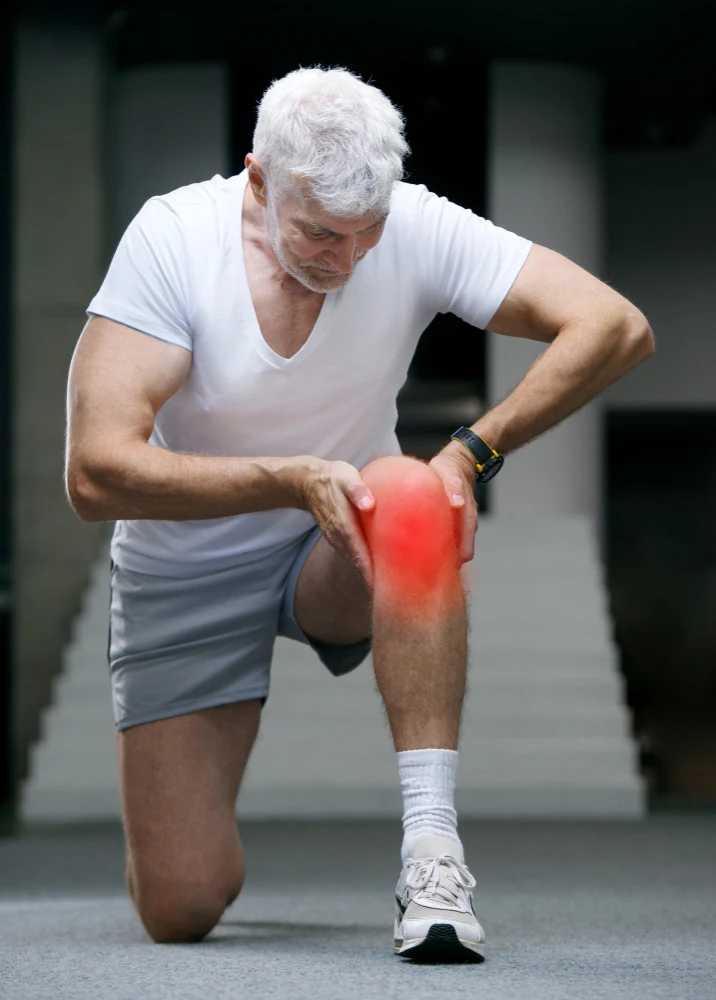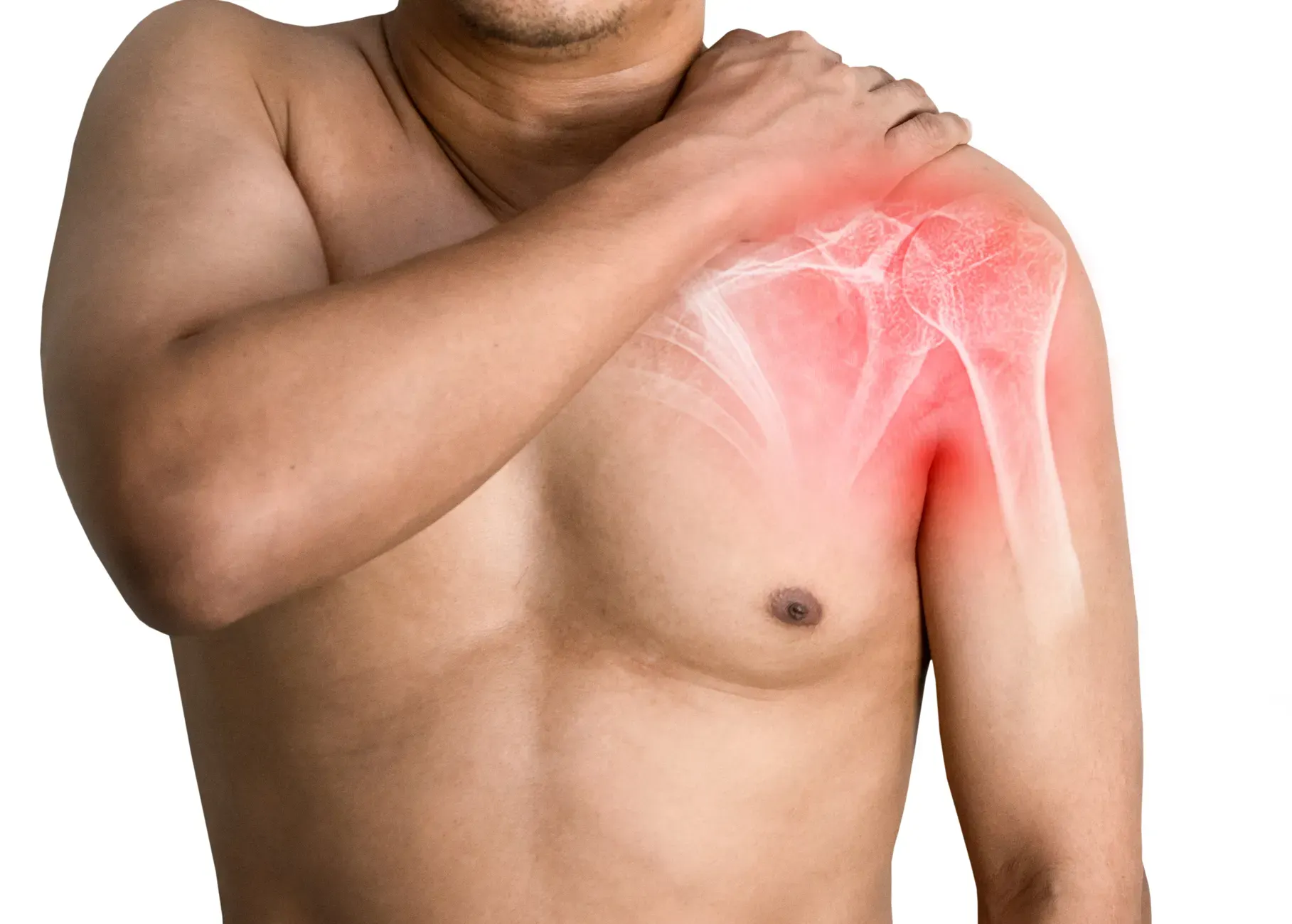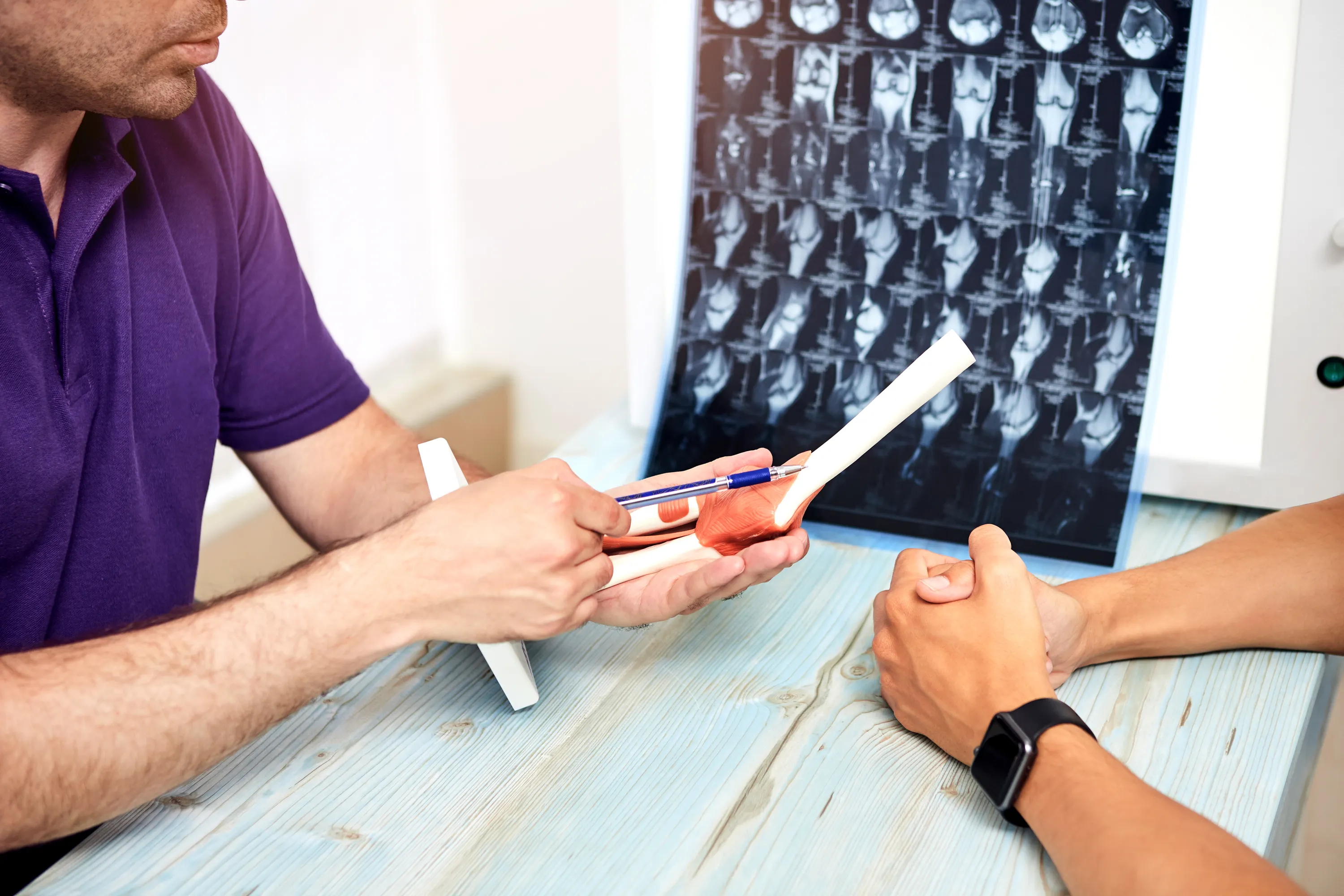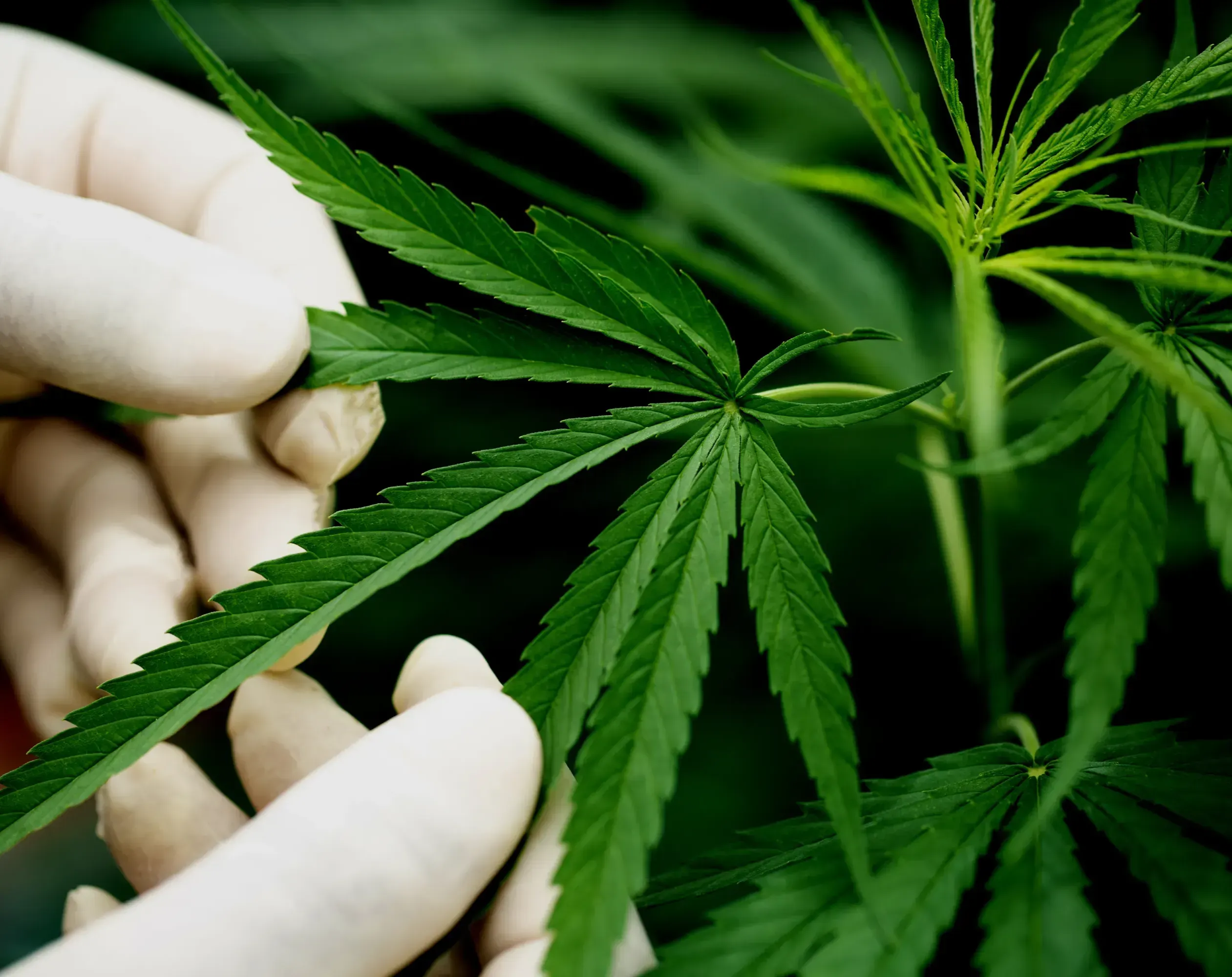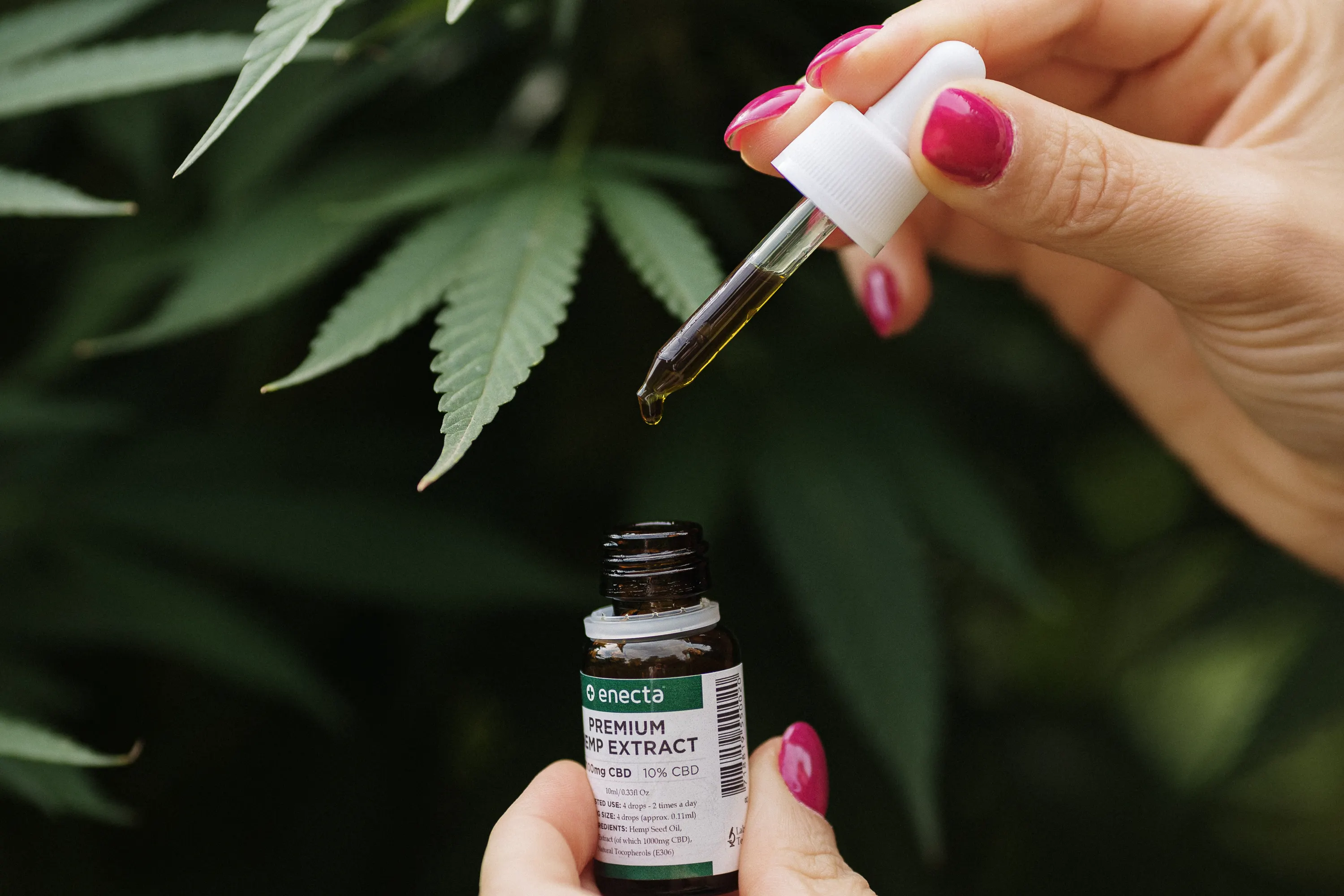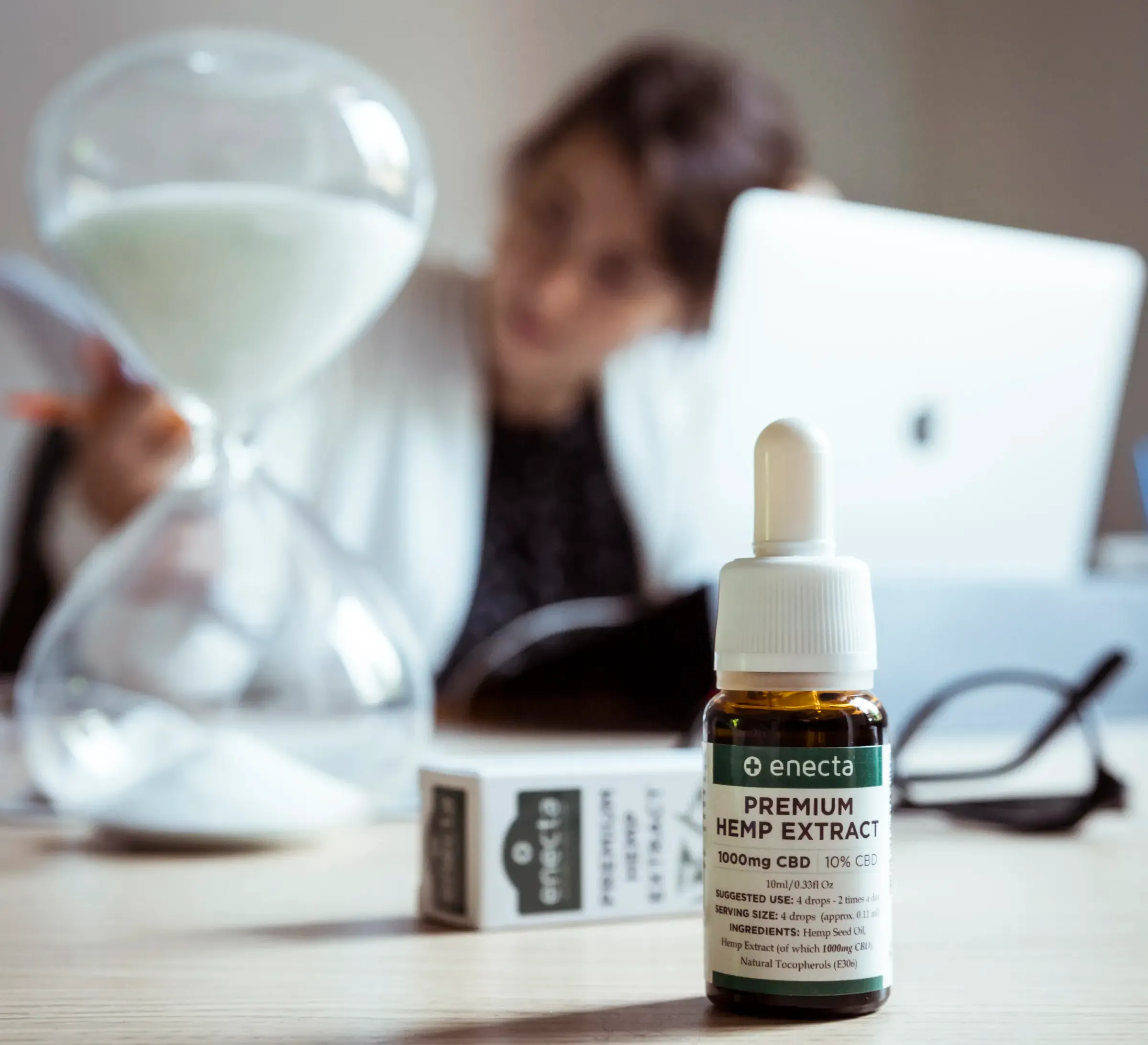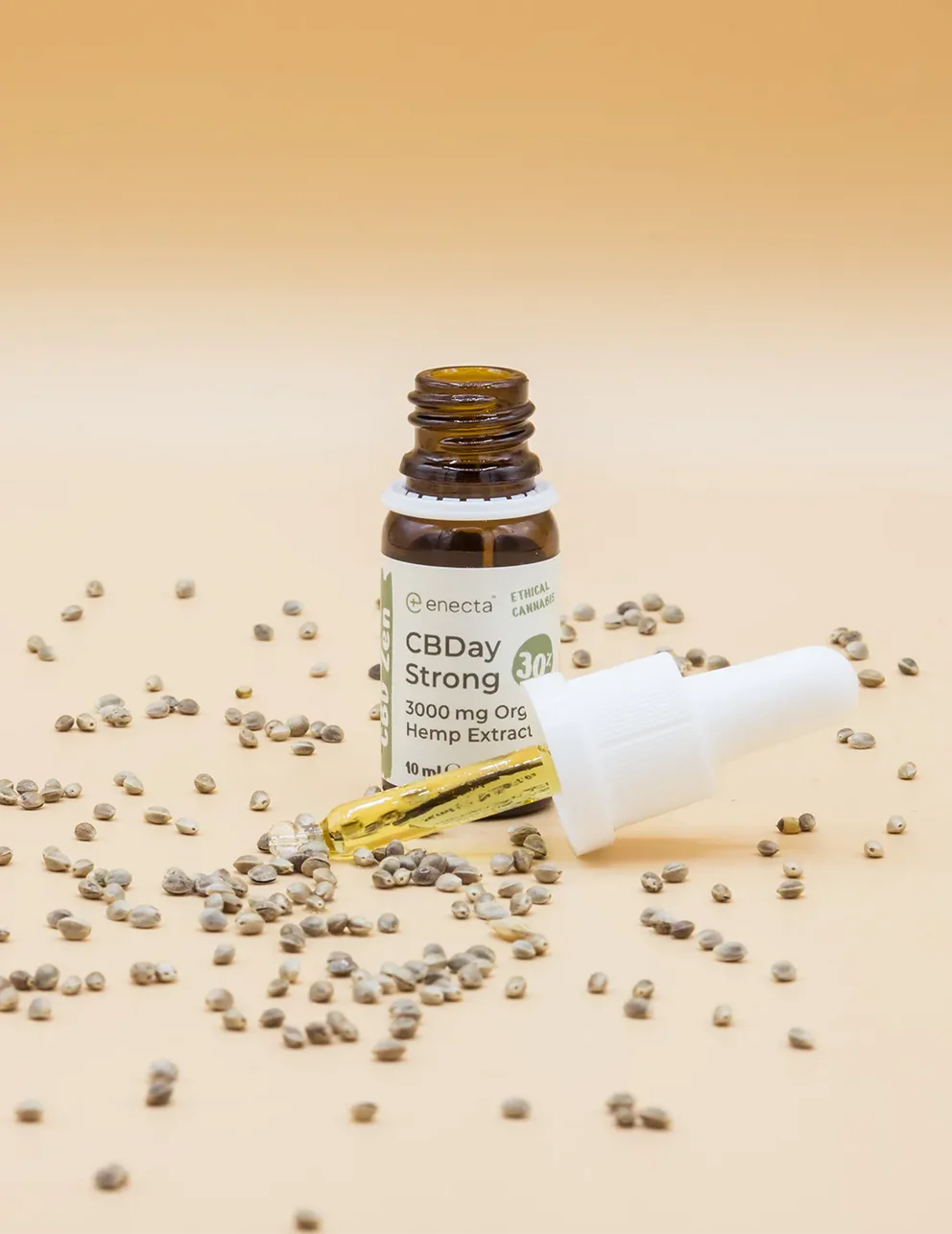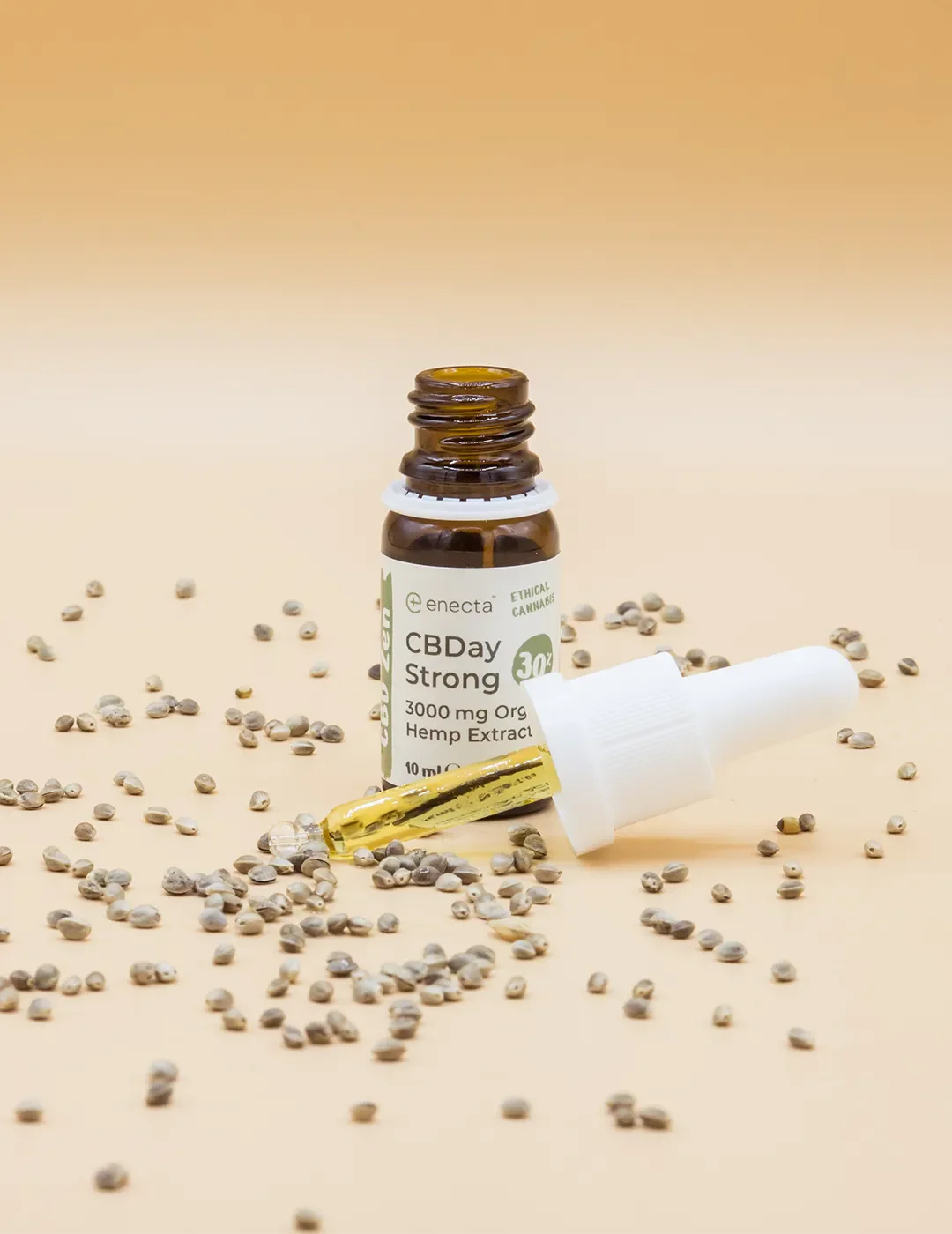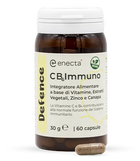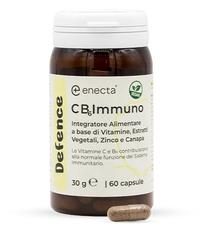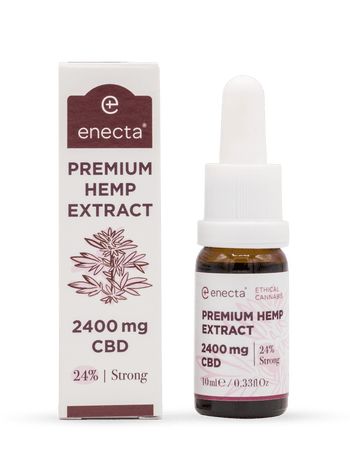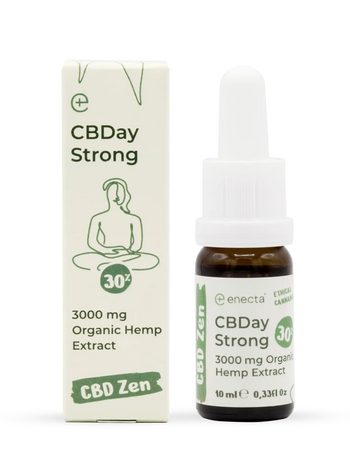The mechanism of action and the positive effects of CBD are wide-ranging. On our website, we have already explained how CBD can help lower blood pressure, lose weight, and sleep better.
Basically, cannabidiol acts through its interaction with the body's own endocannabinoid system (ECS). The cannabinoid receptors CB1 and CB2, which the ECS is composed of, are part of our nervous system and influence, among other processes, anti-inflammatory response and pain perception.
CBD has been shown to support the body's reaction to inflammation, thus relieving joint pain and stiffness.
This is possible thanks to the following mechanism of action:
- Apoptosis reduces the number of activated T cells
- Upregulation of FoxP3+ T cells
- Suppression of cytokines and chemokines in the inflammation site
This makes CBD particularly attractive for osteoarthritis patients because joint inflammation is known to cause pain and lead to joint immobility. But also researchers increasingly turn their attention to CBD as an option to manage osteoarthritis.
A growing number of studies highlights CBD's potential and ensures that many physicians employ CBD for osteoarthritis and recommend this valuable plant compound to their patients. It can be assumed that CBD can help with arthritis and rheumatism in the same way.
Those who want to take CBD for osteoarthritis and have no experience with cannabidiol should opt for CBD capsules or CBD oil. Both allow individual dosage and fit perfectly into everyday life. CBD oil is very easy to take, and you can individually adjust the dosage at any time. CBD capsules are even easier to take, but they do not allow for fine adjustment of the dosage.
In addition, it takes a little more time for the gastrointestinal tract to absorb the active ingredient. Because osteoarthritis affects a large part of the population, researchers have dedicated lots of energy to finding remedies. Especially in the early stages, many symptoms can be alleviated or even prevented.
In the final stage, only a few people manage to do without medicines. Nevertheless, dietary supplements and herbal active ingredients can help alleviate pain in a natural way. Many users report that they have been able to reduce their intake of medication by using natural remedies.
The following supplements can help with osteoarthritis and arthritis:
Chondroitin and glucosamine, which are components of cartilage tissue.
- Boswellia Serrata, also known as frankincense.
- Curcumin and fish oil, which have anti-inflammatory effects.
- Type-2 collagen, which makes up 80-90% of the total collagen in cartilage.
- CBD (cannabidiol), which can help with osteoarthritis through multiple mechanisms of action.
Typically, doctors recommend therapeutic exercise for osteoarthritis. In addition to it, many also prescribe medication. For example, anti-rheumatic drugs for pain and inflammation or painkillers such as opiates. But also muscle-relaxing compounds like cortisone are often employed.
Conventional medicines often cause side effects, which in turn have to be treated with other medicines. For many people, this becomes a vicious circle. CBD can support the body's reaction to arthritis and osteoarthritis without causing serious side effects.
In addition to medication, many orthopedic surgeons also employ physiotherapeutic instruments, such as shoe lifts, bandages, or walking aids. In particularly severe cases, surgery and a resulting artificial joint are required. CBD ointments can be rubbed on the affected areasandd thus support the disease course.
